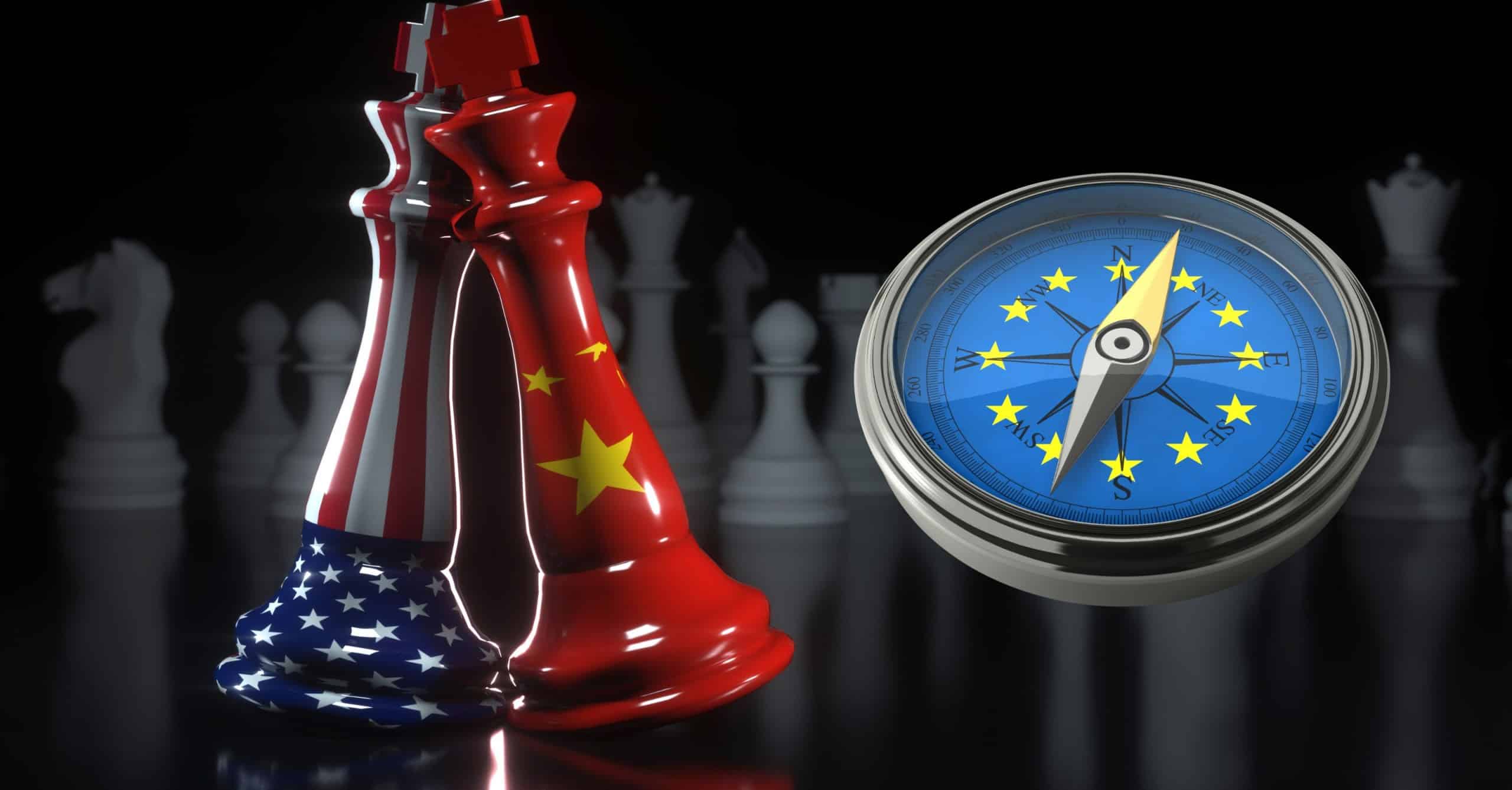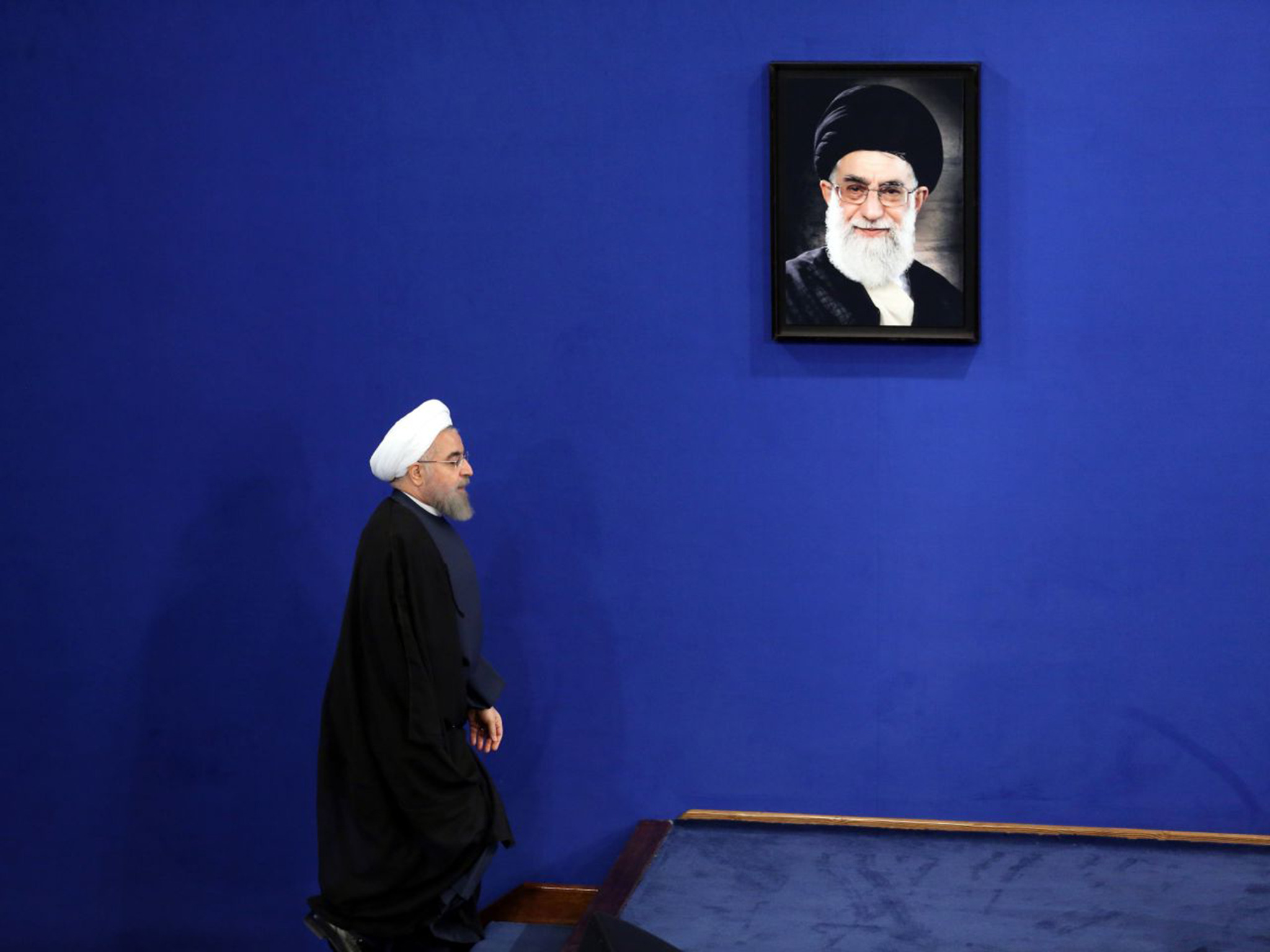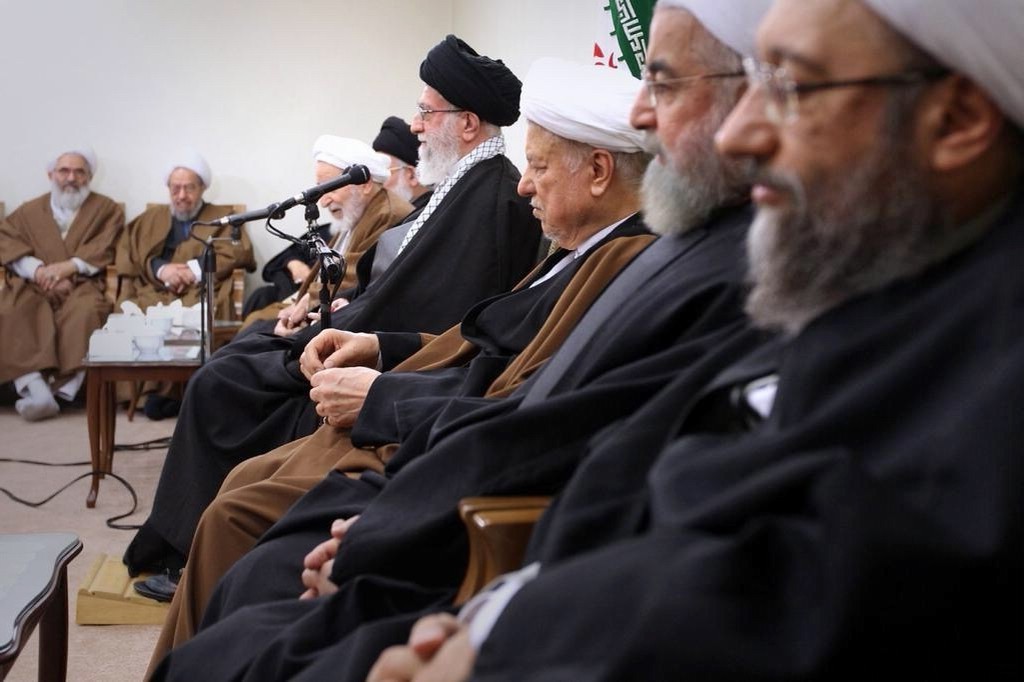
The rivalry between the United States (US) and the People’s Republic of China (China) is a complex and multi-dimensional issue that has been evolving over several decades. The relationship between the two countries has been marked by periods of cooperation as well as competition and has significant implications for global politics and economics.
After World War II, the US emerged as a great power, defining the military, financial, economic, cultural, and ideological pillars of the international playing field. Additionally, the US and the European Union (EU) began to develop a close and cooperative relationship, based on a shared commitment to democracy, free markets, and the rule of law. This relationship was institutionalised in the North Atlantic Treaty Organisation (NATO) in 1949.[1] Simultaneously, in China, Mao Zedong’s Communist Party emerged victoriously in a civil war against the nationalist government, which led to the establishment of the People’s Republic of China (PRC). Under Mao’s leadership, China underwent a series of social, economic, and political changes, aimed at modernising the country and strengthening the role of the Party.[2]
For the Entire Paper
___________________________
[1] Lundestad, G. (2003). The United States and Western Europe Since 1945: From “Empire” by Invitation to Transatlantic Drift. Oxford University Press.
[2] Breslin, S., & Xiao, R. (2018). China and global governance. In T. G. Weiss & R. Wilkinson (Eds.), International organization and global governance (2nd edition, pp. 325–335). Routledge.



